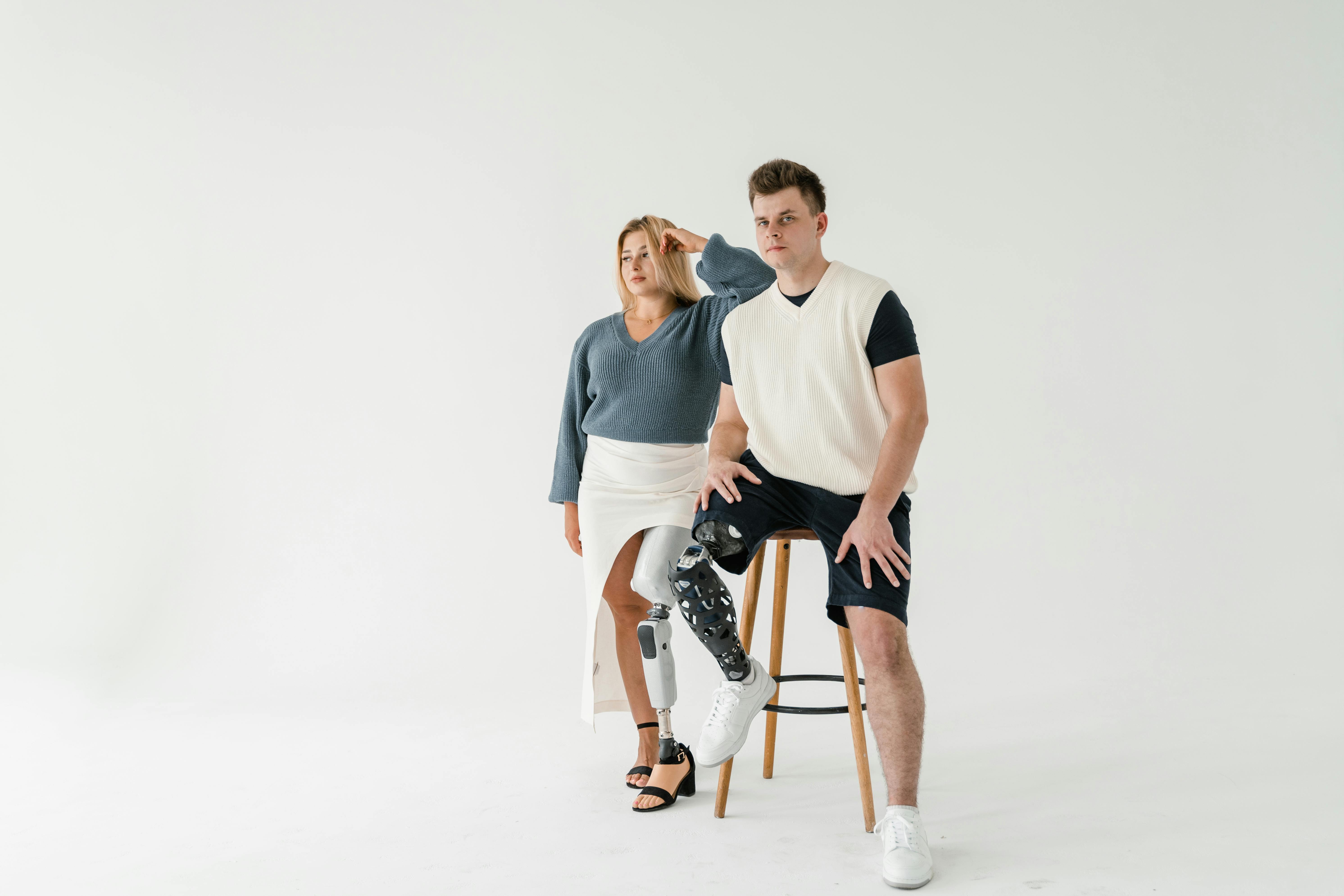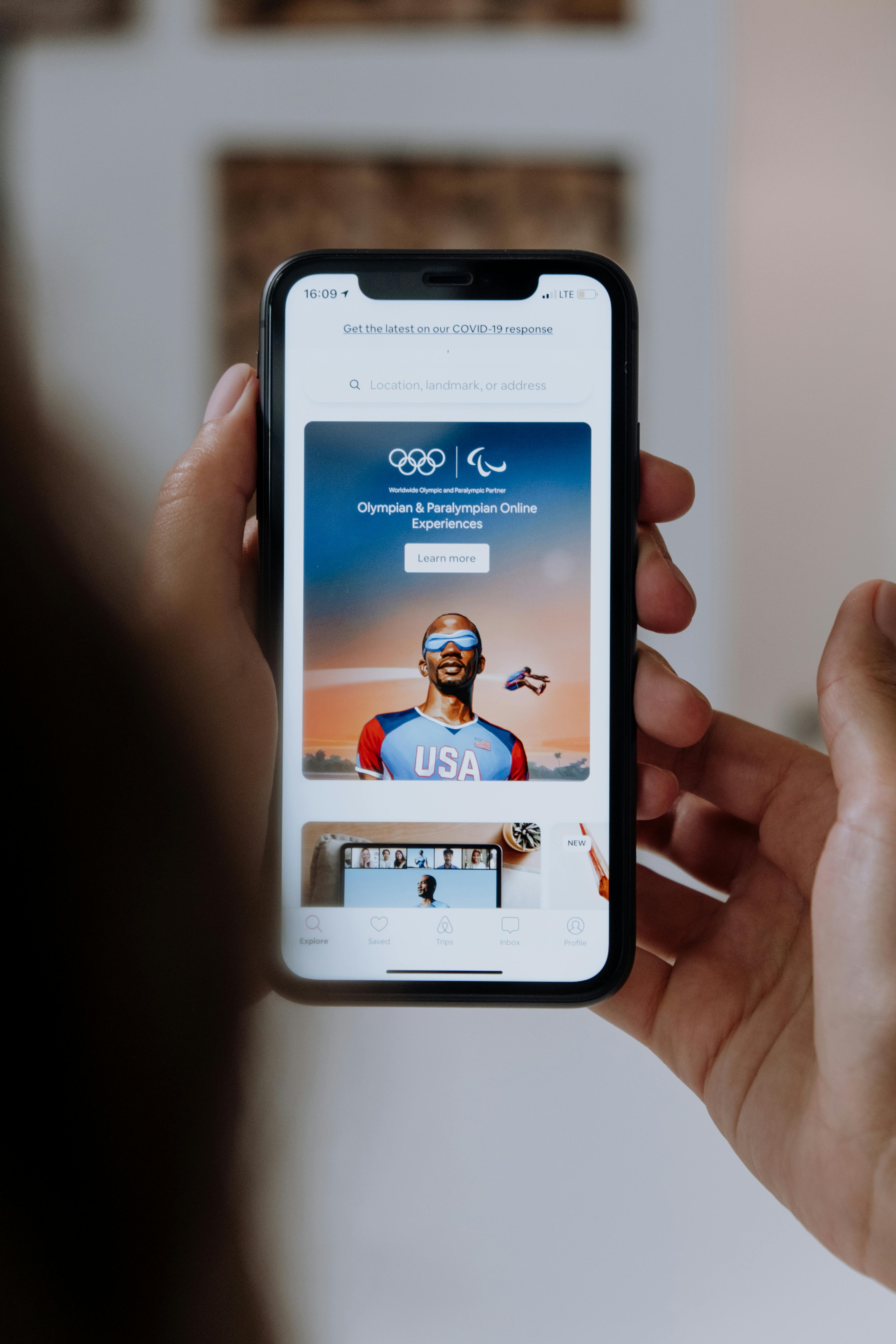AI in Health Insurance 2025: The Revolution Nobody Saw Coming
In 2025, artificial intelligence isn’t just in your phone or car — it’s in your health insurance. From detecting diseases early to automatically approving claims, AI is redefining how Americans experience healthcare coverage.
For decades, health insurance was slow, expensive, and full of paperwork. Claims got lost. Coverage was denied. But now, machine learning is doing what humans couldn’t: analyzing thousands of medical patterns per second and recommending personalized coverage options instantly.

Think about this: In the past, a patient would fill out endless forms to get coverage for a surgery. Today, AI platforms can scan hospital records, verify eligibility, estimate total costs, and approve treatment within minutes.
🔹 The Problem: A Broken Healthcare System
Before AI, Americans faced skyrocketing premiums, administrative delays, and frequent billing errors. Nearly one in five claims was rejected because of incomplete data or human error.
But AI has entered the chat — and it’s doing what humans couldn’t at scale.

🔹 The Promise: Faster, Fairer, and Smarter Health Coverage
AI systems don’t get tired, distracted, or biased (at least not like humans). They process real-time health data — from wearable devices, EHR systems, and medical labs — to design plans that fit people’s actual health needs, not just generic categories.
That means fewer denials, faster approvals, and potentially life-saving predictions.
How AI Is Transforming the Core of Health Insurance
The secret behind AI’s impact isn’t magic — it’s data. Every hospital visit, prescription, or lab result adds a piece to your digital health puzzle. AI connects those pieces, finding patterns invisible to the human eye.
1️⃣ Predictive Health Risk Analysis
AI tools analyze massive data sets from medical histories, lifestyle patterns, and genetic factors. They can now predict who’s at risk for chronic diseases like diabetes or heart failure — years before symptoms appear.
Insurers use this insight to reward prevention instead of reacting to illness. You jog 3 times a week? Eat healthy? Your AI-driven policy will notice — and lower your premium automatically.

2️⃣ Fraud Detection and Billing Accuracy
Healthcare fraud costs the U.S. more than $100 billion annually. AI now fights back using anomaly detection — spotting suspicious billing patterns faster than any human investigator.
For example, if a clinic bills 200 MRI scans in one day, the algorithm flags it instantly. This saves insurers and honest patients billions.
3️⃣ Real-Time Claim Approvals
No more “claim under review” delays. AI bots evaluate documentation, compare medical necessity, and approve or deny within seconds — freeing doctors and patients from bureaucracy.

4️⃣ Personalized Policy Creation
Forget one-size-fits-all insurance. AI builds unique profiles based on your habits, medical history, and even DNA data (if you allow). Your coverage literally evolves as your health improves.
🏆 Example: If your smartwatch data shows consistent exercise and stable vitals, your AI policy can automatically offer loyalty discounts.

Artificial intelligence isn’t replacing human care — it’s optimizing it, making every dollar and decision smarter.
Real-World Case Studies – How AI Is Already Saving Money and Lives
AI in health insurance isn’t just a concept — it’s already working in the real world. Major insurers across the United States have integrated artificial intelligence to enhance efficiency, accuracy, and fairness.

🏥 Case Study #1: UnitedHealth Group – Predictive Healthcare Analytics
UnitedHealth, one of the largest U.S. insurers, has invested heavily in AI systems that predict hospital readmissions. Using millions of anonymized patient records, their algorithm detects which patients are likely to need extra care after discharge.
🧠 The result? Hospital readmissions dropped by 12%, and customer satisfaction rose significantly. This not only reduced costs but also saved lives by ensuring patients received proactive support.
💊 Case Study #2: Cigna – Personalized Health Recommendations
Cigna’s AI platform, called “Evernorth Intelligence,” analyzes a member’s health history, prescriptions, and lifestyle habits to recommend personalized preventive actions.
Example: The system may suggest a low-sodium diet for a user showing early hypertension signs — before they even visit a doctor.

💰 Impact: Cigna reported that preventive programs powered by AI have reduced avoidable hospital costs by 18%.
🩺 Case Study #3: Humana – AI-Driven Customer Experience
Humana launched a virtual assistant that uses natural language processing (NLP) to handle over 1 million customer interactions per week.
This AI agent can verify coverage, check claims, and even estimate treatment costs in real-time. Customer satisfaction scores increased by 40% — because people got instant, accurate answers instead of waiting on hold.

These case studies prove that AI doesn’t just make health insurance faster — it makes it human-centered, cost-efficient, and predictive.
The Benefits of AI Health Insurance for Individuals and Families
AI’s biggest promise is not just cheaper insurance — it’s smarter health coverage that understands your life, adapts to your habits, and grows with you.
❤️ 1. Personalized Plans That Fit Your Health
AI customizes your coverage in real-time. If you start running daily or your health metrics improve, your system recognizes that and lowers your risk profile — reducing premiums automatically.

💸 2. Lower Costs and Fewer Billing Errors
Manual billing errors used to waste billions annually. Now, AI double-checks every charge, catching duplicates and mistakes instantly. This ensures that you never overpay — and insurers save millions in unnecessary reimbursements.
🧘 3. Stress-Free Claims and Transparency
No more paperwork, no more phone calls. AI handles everything digitally — from submission to payment. Some insurers even offer real-time claim tracking apps, where members can watch every step of the process live.

🧬 4. Early Disease Detection and Prevention
AI analyzes blood results, diet, and wearable data to identify early disease risks — before symptoms appear. This allows insurers to focus on prevention, not just treatment.
📱 5. A Healthier Relationship Between Patients and Insurers
For decades, insurers and policyholders were adversaries. AI changes that dynamic — turning insurance into a health partnership based on data, not disputes.

Families now experience faster help, fewer surprises, and more predictable medical costs — all powered by intelligent automation.
How AI Is Changing the Relationship Between Doctors, Patients, and Insurers
For decades, doctors have complained that insurers interfere with medical decisions. Patients, on the other hand, have struggled to understand why their claims were denied or delayed. AI is now reshaping this triangle — building a smarter, more transparent healthcare ecosystem.

🏥 Doctors Gain Time, Patients Gain Clarity
Doctors now spend less time fighting paperwork and more time with patients. AI systems can automatically match treatment codes with insurance coverage and generate instant approval notifications.
For example, a patient needing an MRI scan used to wait 2–3 days for insurance authorization. Now, AI approves the procedure in less than 10 minutes — if the system detects legitimate medical justification.
This means fewer delays, fewer frustrations, and more accurate medical care overall.
📊 Smarter Hospital Management
Hospitals have also embraced AI tools that integrate insurance and clinical data. When doctors input a diagnosis, the system instantly shows which treatments are covered, average costs, and possible alternatives — creating **data-driven healthcare planning**.

🤝 A Shift From Approval to Partnership
AI is transforming insurers from “approvers” into partners in prevention. Instead of only reacting after illness, AI systems encourage patients to stay healthy — sending reminders, offering diet plans, and tracking daily wellness habits.
Insurance companies like Blue Cross and Anthem now reward healthy habits with lower premiums — all managed by automated AI dashboards.
The Ethical and Regulatory Challenges of AI Health Insurance
While AI brings speed and accuracy, it also raises major ethical questions: Who owns your health data? Can algorithms be biased? How do we ensure fairness?
⚖️ 1. Data Privacy and Ownership
Health data is the most personal information a person can share. AI systems need it to make predictions, but without strict data protection laws, this information can be misused.
In 2025, new U.S. regulations like the AI Healthcare Data Act require insurers to obtain explicit consent from users before analyzing their medical data.

⚠️ 2. Algorithmic Bias and Fairness
AI models learn from historical data — which can include human bias. For instance, if past claims from certain demographics were denied more often, the algorithm might repeat that discrimination unconsciously.
To fix this, leading insurers now use “bias-audit AI,” an additional layer that constantly checks the fairness of automated decisions.

🧠 3. Human Oversight Still Matters
AI can analyze data — but it can’t understand human emotions, family situations, or exceptions. That’s why the best insurers keep humans in the loop to review complex or sensitive cases.
This “hybrid intelligence” model — human plus AI — is becoming the gold standard for modern insurance companies.
📜 4. Global Policy Trends
Countries like the U.S., UK, and Canada are updating healthcare laws to include “algorithm accountability clauses.” That means every automated decision must be explainable and reversible upon request.
It’s no longer enough for AI to be fast — it must also be fair.

The Future of Predictive and Preventive Health Insurance (2025–2030)
The next phase of AI in health insurance goes beyond reacting to illness — it’s about predicting and preventing it. By 2030, experts believe that more than 70% of health insurance plans in the U.S. will include predictive analytics features.

🔮 1. Predictive Premium Models
Instead of waiting for someone to fall sick, insurers will use real-time data — from wearables, nutrition apps, and DNA analysis — to calculate premiums dynamically.
Example: A customer with balanced vitals and consistent activity could see their monthly premium automatically drop by 15%. In contrast, a sedentary lifestyle might trigger AI-generated wellness challenges to encourage improvement.
💡 2. Smart Wearables as “Mini Insurance Agents”
Smartwatches and fitness trackers will soon act as micro health monitors connected directly to insurance apps. They will track heart rate, oxygen levels, sleep quality, and exercise consistency — turning raw data into daily health scores.
These scores will determine insurance benefits, discounts, or even cash rewards. Some companies already offer Amazon gift cards for achieving weekly wellness targets.

🧬 3. Genetic and Personalized Medicine Integration
As genetic testing becomes mainstream, AI will merge this data with insurance policies — identifying hereditary risks and customizing coverage accordingly.
This means that a person with a family history of diabetes or heart disease might receive a unique plan that emphasizes prevention programs instead of treatment-only coverage.
🌎 4. Global Shift Toward AI-Powered Universal Health Models
Countries in Europe and Asia are experimenting with government-backed AI insurance networks. These systems merge national healthcare with predictive analytics — making public healthcare cheaper, faster, and more efficient.

Between 2025 and 2030, expect a world where insurance doesn’t wait for illness — it actively works to keep you healthy.
The Next-Generation User Experience (UX) of AI Health Insurance
The biggest evolution in health insurance isn’t hidden in data — it’s visible in how users interact with it. AI has turned insurance apps into personalized health companions.
📱 1. Virtual Health Dashboards
Every major insurer now offers an app powered by AI dashboards that visualize your health journey. You can see your current risk level, next doctor visit reminders, and progress on your fitness goals — all in one place.

🗣️ 2. Conversational AI and Voice Assistants
Virtual assistants like Alexa Health or Google Insurance Chat now let you manage insurance with your voice. You can literally say, “Hey, how much is my deductible?” or “Check my claim for my last hospital visit,” and get an instant, human-like response.
These systems also provide health tips and reminders, making insurance a daily part of your well-being — not a once-a-year burden.
💳 3. Seamless Integration with Payments and Healthcare Providers
AI connects your insurer, bank, and hospital in a single system. That means instant payments, automatic claim settlements, and zero manual uploads.

⚙️ 4. Continuous Personalization
Every action — from your sleep quality to your grocery shopping — can influence your insurance plan. AI learns continuously, adjusting rewards, suggestions, and premiums as your lifestyle evolves.
🌐 5. Emotional AI and Empathy Analytics
Yes, even empathy is being automated. Some insurers use “emotional AI” that detects frustration or confusion in customer calls and routes the user to a human agent immediately.

By 2030, managing your health insurance will feel as intuitive as managing your Spotify playlist — personalized, predictive, and painless.
Expert Insights and Industry Predictions
As AI continues to evolve, the health insurance industry is on the verge of a complete digital transformation. Experts predict that by 2030, over 90% of claim approvals and customer interactions will be handled by AI systems.

💬 What Industry Leaders Are Saying
Dr. Sarah Mitchell, Chief Innovation Officer at BlueCross BlueShield, says: “AI won’t replace humans in healthcare; it will empower them to make faster, smarter, and fairer decisions.”
John Carmichael, CEO of HealthNet AI, adds: “The insurance industry has moved from reactive models to proactive wellness ecosystems — thanks to predictive analytics.”
Even smaller insurance startups are now competing with billion-dollar giants by using open-source AI tools. This has created a wave of innovation — where efficiency, transparency, and empathy define success.
📈 What the Numbers Say
- AI-driven fraud detection saves U.S. insurers more than $6 billion annually.
- Customer complaint rates have dropped by 40% among companies that adopted AI chatbots.
- Over 75% of American consumers now prefer digital-first insurance services.

In short — the companies that adapt fast will dominate the next decade. Those that resist AI will be left behind.
Conclusion: The Human Side of AI Insurance
AI in health insurance isn’t just about algorithms or automation — it’s about creating a fairer, healthier, and more responsive system for everyone.
We’re entering an era where your insurer doesn’t just pay your bills — it helps you avoid getting sick in the first place. Where your smartwatch can reduce your premium, and your health data can save your life.

💡 Key Takeaways
- AI makes insurance faster, cheaper, and more transparent.
- Predictive analytics detect diseases before symptoms appear.
- Smart automation removes paperwork and human error.
- Ethical oversight ensures fairness in AI decision-making.
🚀 What’s Next?
By 2030, your health insurance won’t just know your medical history — it will help shape your future. From personalized nutrition to AI-driven mental health support, we’re heading toward total digital wellness.

✅ Final Thought
Technology will continue to evolve — but empathy, trust, and human care will always remain the heart of healthcare. AI simply helps us get there faster.
📢 Call to Action
If you found this article valuable, check out our next guide: “AI and Life Insurance in 2025: How Predictive Analytics Are Redefining Risk.”
👉 Read more on FinanceBeyono — where knowledge meets opportunity.
